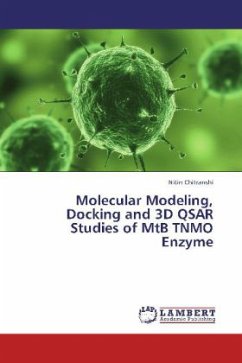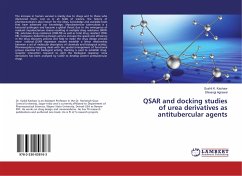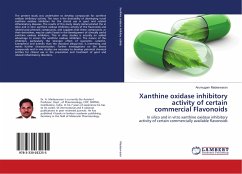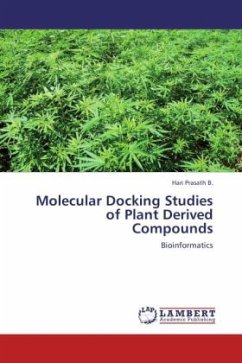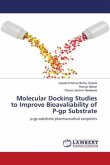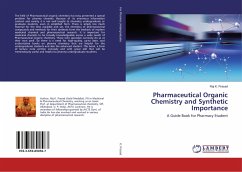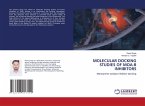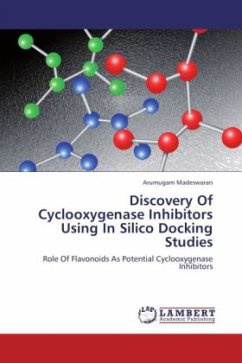The work mainly concerns about computational molecular modeling techniques, which can be used for the study of complexes between ligands and biomacromolecules (proteins). Characterizations of such interactions lead to the understanding of biological function of biomacromolecules and therapeutic effect of drugs, therefore interest of many laboratories is focused on such study. In this work I present application of molecular modeling techniques for the interactions of antitubercular compounds with modeled type II NADH: Menaquinone oxidoreductase protein, which is responsible for the micro-organism to grow in absence of oxygen. Our results contribute to the better understanding of the mechanism of biological activity antitubercular drug. The extent of this research requires complex approach involving several experimental and computational techniques, but also about their combination with experimental techniques in the field of the study ligand/biomacromolecules interactions.
Bitte wählen Sie Ihr Anliegen aus.
Rechnungen
Retourenschein anfordern
Bestellstatus
Storno

